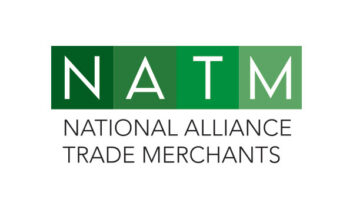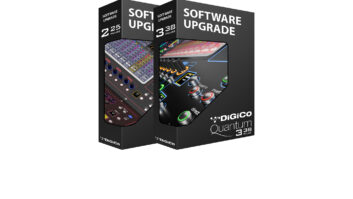The Federal Communications Commission (FCC) advanced completion of its digital tuner mandate by four months to March 1, 2007, not Dec. 2006 as some had proposed, and expanded the mandate’s scope to include sets measuring 13 inches and smaller.
Under the new schedule, every new TV set sold in the United States after February 2007 must include an over-the-air ATSC digital tuner. The previous rules, which included a phase-in requirement starting with the largest screen sizes first, would have required digital tuners in most sets by July 1, 2007, exempting sets with screen sizes measuring 13 inches and smaller.
As under the previous rules, all other phase-in deadlines remain, and monitor-only displays may continue to omit digital tuners if they do not include analog NTSC tuners.
Under the previous phase-in rules, 50 percent of all large-screen sets (36-inches and larger) were to have integrated DTV tuners as of July 1, 2004, and 100 percent as of July 1, 2005. Fifty percent of all mid-sized sets (25 inches to 36 inches) were to have integrated DTV tuners as of July 1, 2005, expanding to 100 percent by March 1, 2006.
Under the new regulations 100 percent of all other sets (even screen sizes less than 13 inches as well as other products that normally include tuners, such as VCRs) are to include integrated DTV tuners by March 1, 2007.
The FCC said it removed the prior exemption on the smaller screen TVs because portable, battery-powered TVs enable reception of news and public-safety information in times of emergency.
“We are not convinced that it would be overly burdensome for the consumer electronics industry to bring these products into compliance with the DTV tuner requirement by the date when all other TV receiver products must include DTV reception capability,” the FCC order states.
The Consumer Electronics Association (CEA), which had opposed advancing the TV mandate to Dec. 2006, applauded the March 1, 2007 date, but did not address the inclusion of smaller screen sizes into the mandate.
“We are pleased that the Commission acknowledged the need to provide certainty to manufacturers by accepting March 1, 2007, as the date by which TV receivers 13 to 24 inches must contain digital tuners,” the CEA said in a prepared statement. “This time period provides the certainty manufacturers need to plan and produce products to help complete the DTV transition.”
A CEA spokesperson said the statement deliberately left out the sets with screen sizes under 13 inches that are now included.
The National Association of Broadcasters (NAB) applauded the FCC’s action.
“We’re pleased that Chairman Martin and his colleagues have established an even more aggressive timeline for DTV tuner compliance in smaller television sets,” the NAB said in prepared statement. “This pro-consumer action sends the unmistakable signal to set manufactures that further delays in rolling out DTV receiving equipment are unacceptable.”
In the FCC’s Second Report and Order on DTV tuning, the Commission urged manufacturers and retailers to begin labeling sets for their tuning capabilities.
“In the interim, we encourage manufacturers and retailers to clearly label and identify the tuning capabilities of new TV sets and/or employ other means to disseminate to consumers information regarding whether or not specific models are able to receive off-the-air digital television signals,” the order reads.
The FCC said the call to voluntary labeling is an interim step until the FCC addresses mandatory-labeling proposals in its Second DTV Periodic Review.
The CEA has asked the FCC to hold off on the labeling requirement until after a hard-date has been set for the DTV transition.
“We believe that consumer awareness of whether a television can receive off-the-air DTV signals or only off-the-air analog signals is critical to ensuring that consumer expectations are met,” the Second Report and Order states. “We also believe that it would further consumer education if manufacturers and retailers would provide point-of-sale and other marketing information to consumers and/or clearly label new television sets.”













